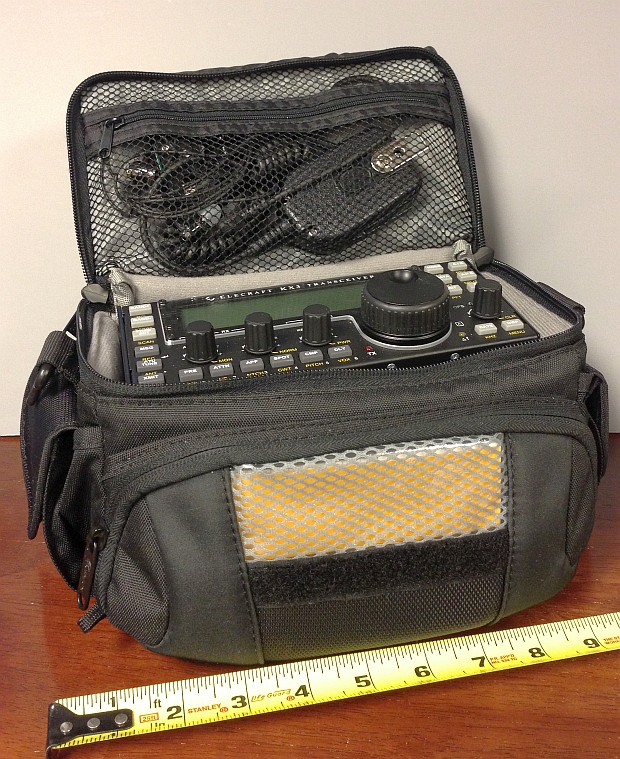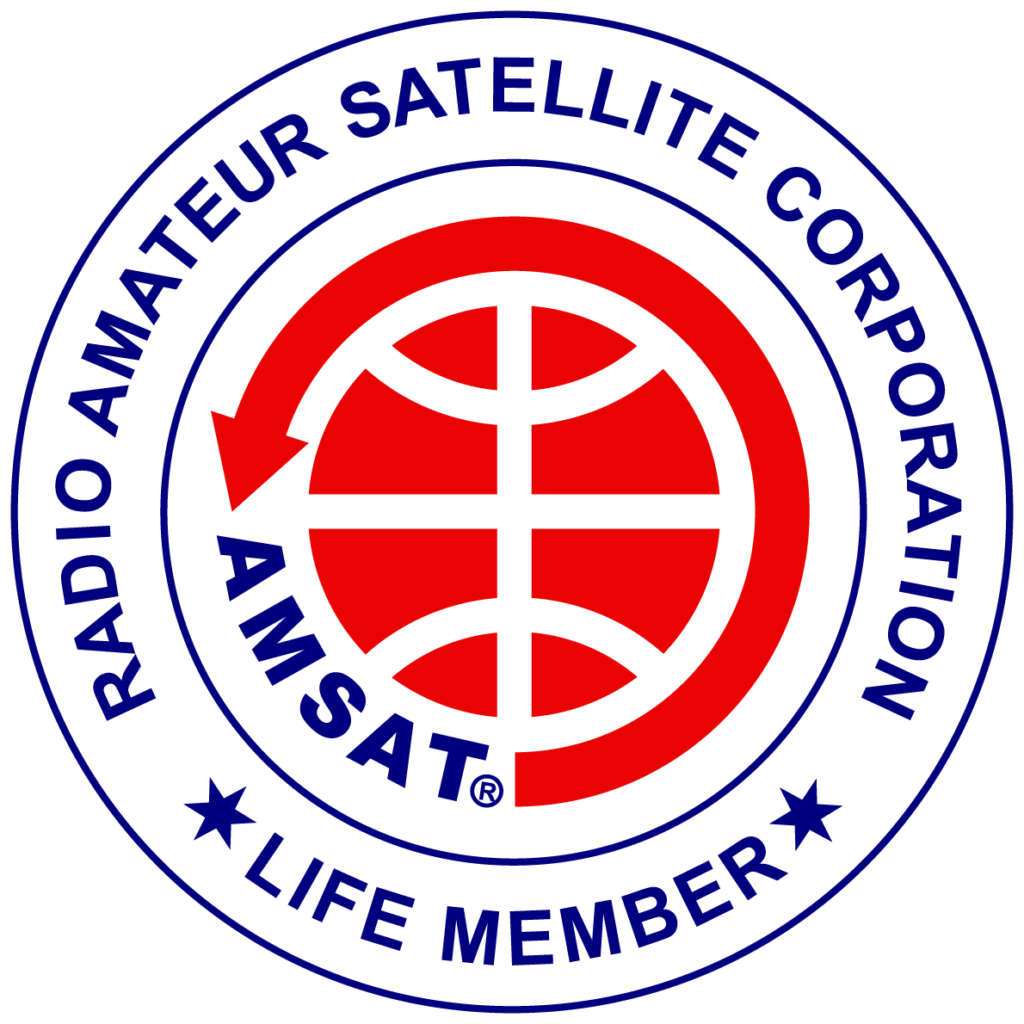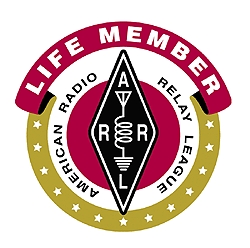Would you believe 5.75 pounds (or less)? What’s in the “On-the-go” bag?
Elecraft KX3 with Internal Tuner
Elecraft Paddle and Hand Mic
Headphones
Two sets of Sanyo XX 2.4AH batteries (16 hours of operating)
DC Power Cord w/Powerpoles & Cigarette Plug, plus USB Interface Cable
25′ of Coax
20m Dipole
Four sets of lines (116 feet total) for erecting the antenna
Gerber Multi Tool
Wrenches to adjust Paddle
Electrical Tape & Wire Ties
Flashlight
Notebook, Sticky Notes & Pens
Lowepro Edit 140 Bag
The bag measures about 10″ x 7″ x 7″. Swapping the 20 meter dipole and coax out for a 53 foot end-fed wire with 27 foot counterpoise drops the weight below 5 pounds










I was curious where you get your batteries for your on the go KX3 I am setting up a similar go kit.
Thanks!
John Doogan
KK4NQQ
Hi John,
The Sanyo XX batteries are starting to appear in local stores. But in my case I ordered them from Amazon.com. They are about $35 for a two packs of 4.
While there are higher capacity NiMH batteries on the market, they are not low self-discharge, and lose so much of their capacity that within about 2 weeks they have dropped down below what you would have using the Sanyo XX cells. Low self-discharge NiMH cells can sit unused for months and still retain the majority of their capacity. Standard NiMH cells need to be recharged every month due to internal self-discharge. So low self-discharge cells are a better choice for a “on-the-go” bag.
73, Bob, WB4SON
And you use the LIfpo4 battery packs as well? What about those.
I do use LiFePO4 batteries as well. They have multiple advantages over SLA batteries and other Lithium batteries too. Their up-front cost can be daunting, but in reality one LiFePO4 battery will do the work of EIGHT SLA batteries of the same capacity. So in the long run they are cheaper, lighter, safer, have a flatter discharge curve, aren’t toxic, etc.
In general I’m happy to run my KX3 on internal batteries. The 2400mA Sanyo XX units will run it for 8 hours in contest mode (lots of transmitting) and about 12 hours on receive only. Adding a spare set in the go-bag is pretty light too.
I have been using external LiFePO4 packs with built-in battery management systems from K2-Energy. I use a 10 AH version, the K2B12V10EB, and I’ve reported on some discharge comparisons to SLA batteries elsewhere on my blog. That particular battery was purchased from BatteriesInAFlash.com a couple of years ago. It has performed VERY well in that time, much better than any SLA battery or NiMH pack that I’ve ever owned.
These days K2’s prices don’t seem as competitive as Tenergy or especially Bioenno Power (a US company that sells via eBay). Their 10 AH unit with BMS and a charger sells for $128 including shipping. The K2 sells for $185 including shipping.
If you go that route, the key is to get a battery with a built in controller which prevents overcharge, overdischarge, and will ensure that individual cells don’t drop too low or get charged too high. Do watch out as some of the BMS controllers won’t allow large discharge current (such as running a 100 watt rig), the K2 does. If you see a substantially cheaper LiFePO4 battery of the same capacity it may not have the BMS feature.
I don’t run my K3 at 10 watts often, mostly trying to work QRP at the “5 watts and under” definition, so the external battery isn’t as useful to me as it might be to others. I’ve found that the 10 AH LiFePO4 battery is overkill for my needs (rarely do I operate for more than a few hours, and a 10 AH battery will run it for about 32 hours in a contest).
I just ordered a Zippy brand LiFePO4 battery, about 4200mA capacity and will be running it on my battery tester to see if it meets the manufacturer’s capacity claim. It is pretty small and light weight, and inexpensive. But it does require a special balancing charger. I’ll publish the test results next month.
I have a few of the Zippy LiPO for my RC airplanes and I have been happy with these so far. I have been researching the LifePO because they seem to be a little safer for on the go with the chance for rugged usage.
The LiPo battery is certainly less expensive. In the RC market, especially, they tend to have inflated capacity specs and vendors fight for market share. But LiPo batteries are VERY hazardous, especially ones built for high capacity and low weight.
A fully charged LiPo battery has about 50% of its lithium in elemental form, which will burn violently on exposure to water (even vapor in air). I’ve seen this happen after cells have been dropped to the ground, or following a RC Model crash.
A LiFePO4 battery stabilizes the lithium with the iron content. So it has no “free” lithium to burn on exposure to water. They are MUCH safer.
So I avoid the LiPo batteries and buy LiFePO4 instead. Zippy now offers both. I suspect the capacity claim will be overinflated since the supplier is in the RC business. (That is NOT the case with Tenergy and K2-Energy).
Hi Robert, have you had a chance to check the zippy battery you were looking at? I’m getting ready to buy a LiFePO4 battery for my Kx3. Thanks es 73
Hi Paula,
Yes I had two blog posts about the Zippy LiFePO4 battery. The first indicated the capacity claim was a valid one. The second post, a month later verified that the self-discharge rate was somewhat higher than expected. However that might be a good trade off for the low price. Personally I am nervous about the package durability and prefer batteries with built in electronics. They are more expensive up front but may last 2x as long and are safer. A 4.6 AH Tenergy is far more forgiving than the Zippy which can put out 100’s of amps if accidentally short circuited.
73, Bob, WB4SON
Pingback: Digital Go Box | WB4SON
What do you use to charge the Sanyo batteries? Charging the ones in the radio would be easy if it had the battery charger option. Do you use an external charger for the spares or jus switch them out once the internal batteries are charged?
Thanks,
Dave
KB8XG
There is a charger for internal NiMH batteries so that isn’t an issue but I do carry a spare set plus often an LiFePO4 pack.